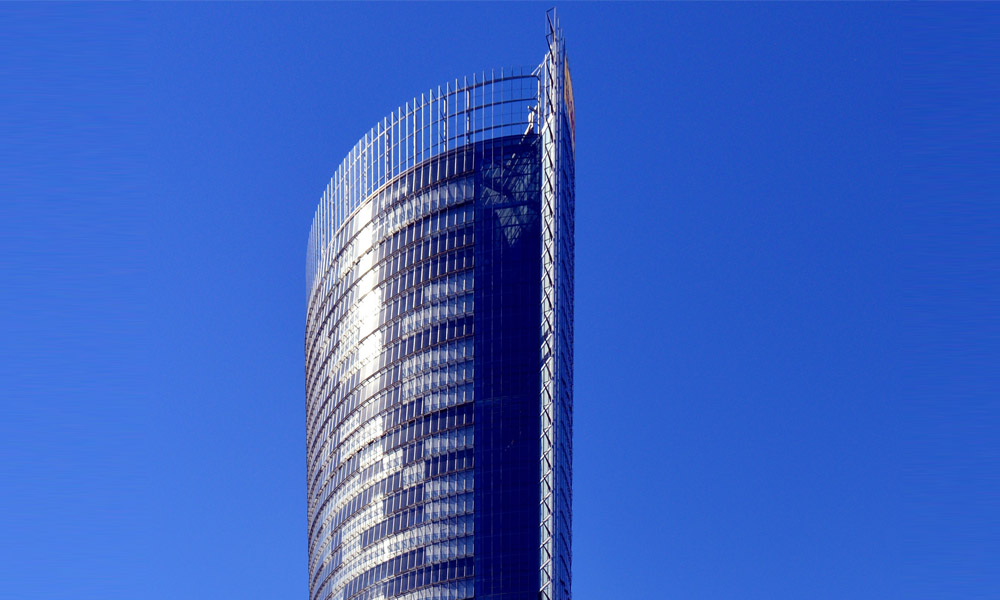

Reflections on Dark Mirror Glass A Fascinating Element of Design and Functionality
Dark mirror glass, a captivating blend of aesthetics and utility, has emerged as a popular choice in contemporary architecture and interior design. Often characterized by its sleek, reflective surface and deep, dark hue, this unique material serves not only as a visual statement but also as a practical solution for various applications. From residential homes to commercial buildings, the usage of dark mirror glass is redefining how we think about transparency, privacy, and light.
One of the main attractions of dark mirror glass is its ability to create an illusion of space. In smaller rooms or confined areas, the reflective properties of this glass can enhance the perception of depth, making the environment appear larger and more expansive. The dark tint provides a sense of intimacy while simultaneously allowing for expansive views of the outside world. This duality creates an intriguing contrast where the indoor environment feels both open and protecting.
Moreover, dark mirror glass is particularly effective in maintaining privacy
. In settings like bathrooms, offices, or even high-traffic public spaces, this type of glass offers a shield against prying eyes. While it allows light to filter through, it prevents clear visibility from the outside, creating a sanctuary where individuals can feel secure. The reflective exterior can turn everyday spaces into retreats, fostering a sense of tranquility amidst the hustle and bustle of daily life.
In terms of energy efficiency, dark mirror glass can also play a vital role in sustainability. Many options are available that incorporate energy-efficient coatings, helping to reduce heat absorption while maintaining a stylish appearance. This means that buildings equipped with dark mirror glass can remain cooler in warmer climates, reducing the need for constant air conditioning. As the design world increasingly leans towards environmentally conscious solutions, the role of dark mirror glass as an energy-efficient option becomes even more significant.
However, beyond these functional advantages, dark mirror glass also holds an intrinsic aesthetic appeal. It captures the surrounding environment in a way that standard clear glass cannot, creating dynamic visual experiences. The glass serves as a canvas for interplay between light and shadow, reflected images, and the hues of nature, transforming mundane spaces into works of art. Architects and designers are drawn to its versatility—dark mirror glass can complement modern, minimalist designs but can also enhance traditional styles with its sophisticated finish.
It is important to consider, though, the challenges associated with the use of dark mirror glass. One notable concern is its tendency to absorb heat more than lighter alternatives, which may necessitate careful consideration of installation and alignment to optimize performance. Additionally, maintenance can be a factor, as the reflective surface is more prone to showing fingerprints and smudges, requiring a more rigorous cleaning routine to maintain its pristine appearance.
In conclusion, dark mirror glass is a multifaceted material that combines aesthetic beauty with practical advantages. Its ability to reflect and refract light, enhance privacy, and reduce energy consumption makes it a valuable resource in modern design. As architects and interior designers continue to explore innovative ways to incorporate this remarkable material, dark mirror glass stands poised to influence the built environment profoundly. It embodies a fusion of art and science, a testament to the endless possibilities when form meets function in the architectural world.